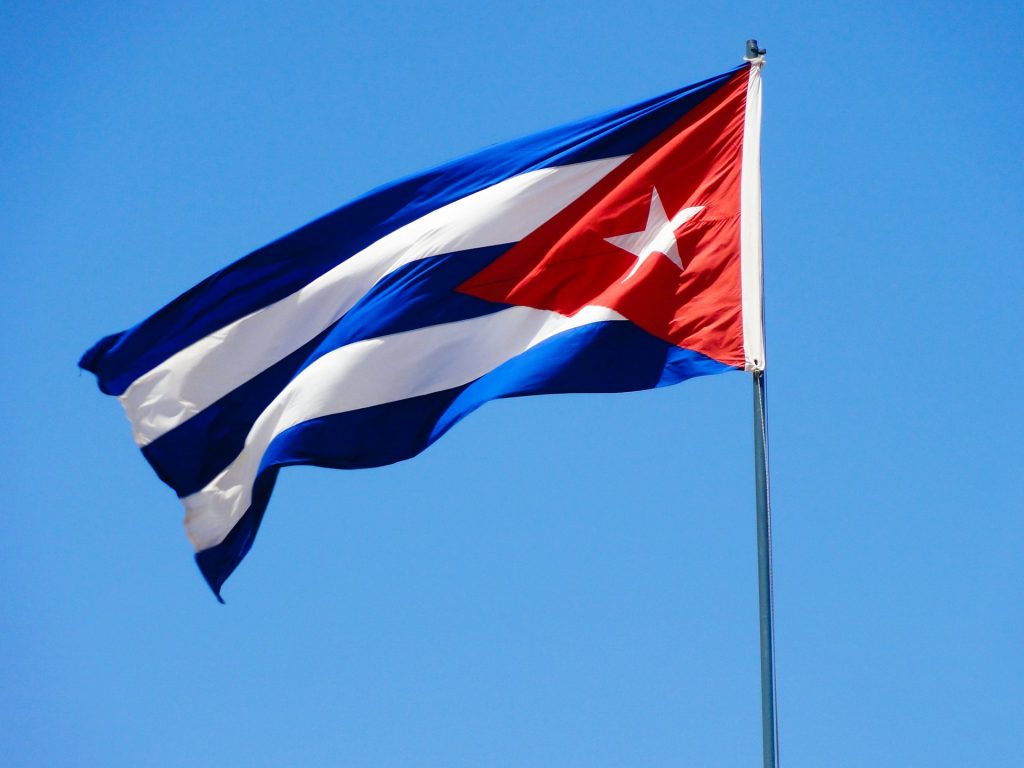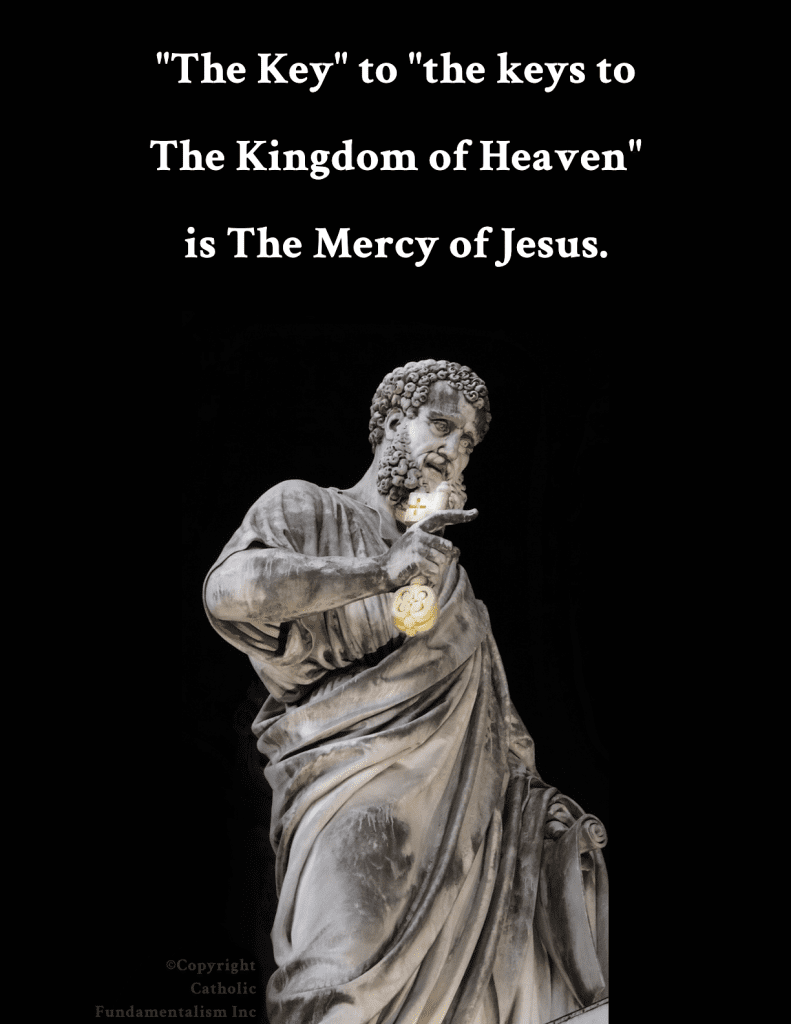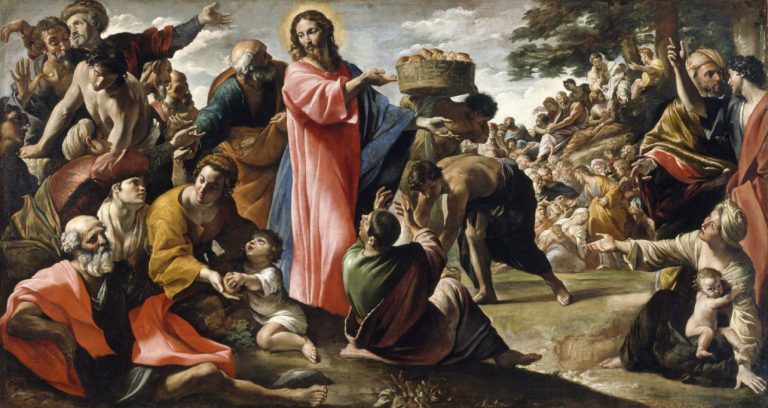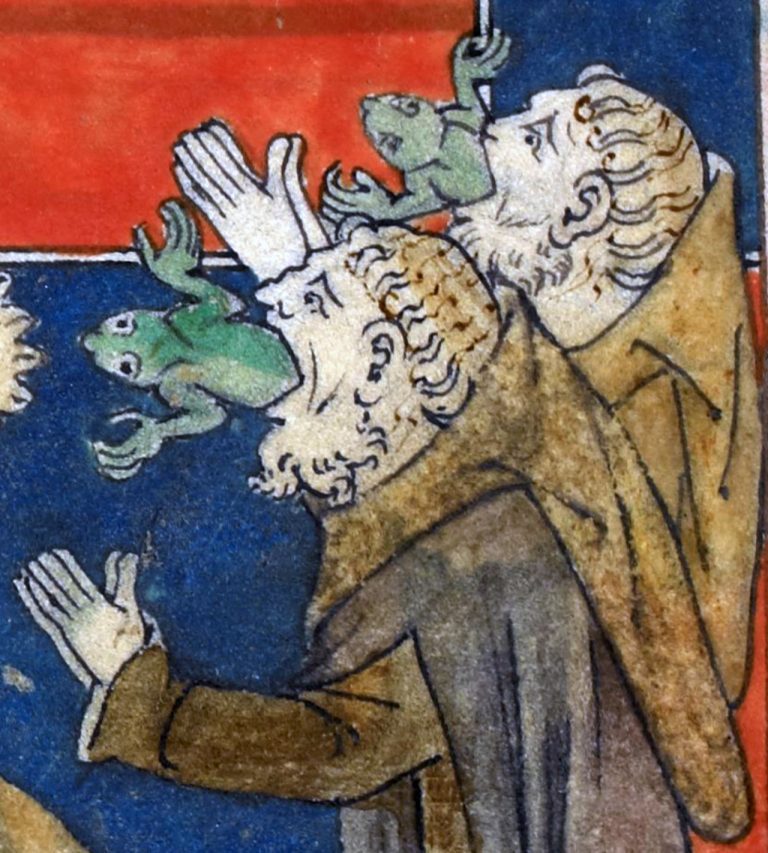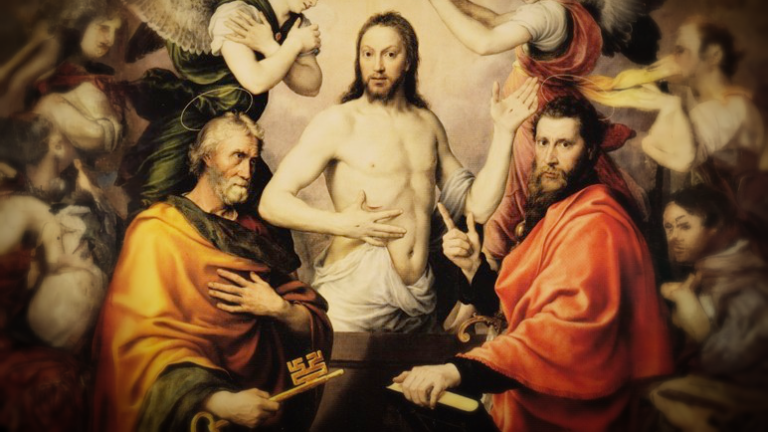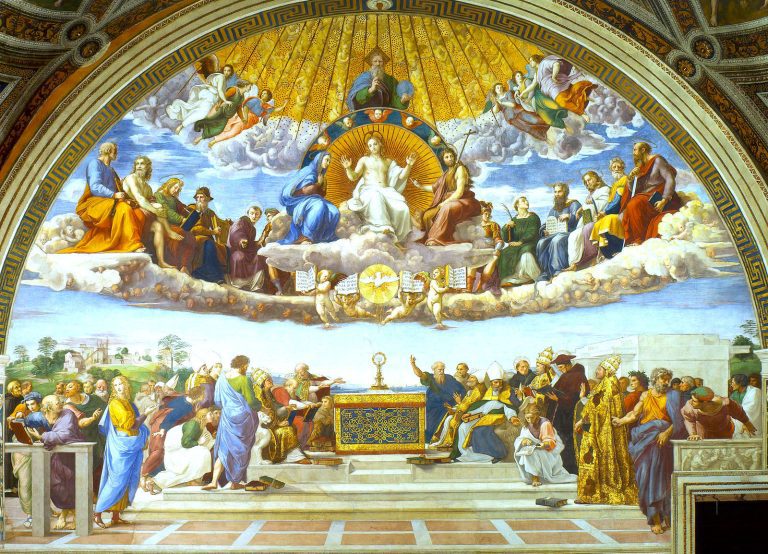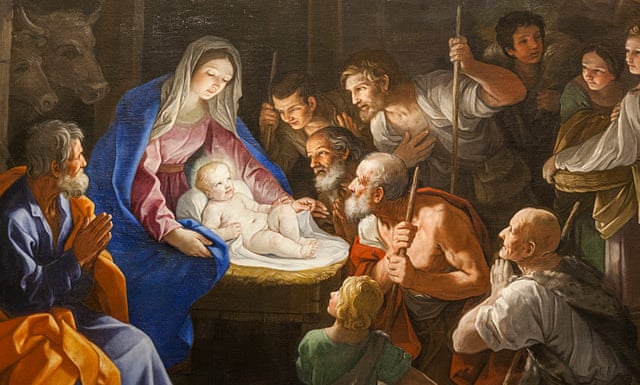Who gave Cuba to Castro? Fifty years ago, air travel was beginning to take off. More and more people went more and more places. One popular destination was Cuba. As the Godfather movies point out, Cuba was a very popular place. It was about to become more so.
Many Americans were thinking of buying beachfront property along Cuba’s thousands of miles of undeveloped, reasonably priced coastlines. Vacation homes were beginning to spring up, none of which would be paying any real estate taxes to support America’s burgeoning bureaucracies.
At the same time, builders and contractors in the United States were worried. People could build far more cheaply in Cuba, buy more and better property for the same price, and some American businesses were relocating there.
Flying to Cuba only took a few minutes more than a flight to Miami. And, since everything was cheaper, large hotels were being built, and being filled, with American tourists. The Batista Government was corrupt enough to be reliable. The legal system, after four centuries of Spanish tradition, was reasonably sound, and, Cuba was becoming, in the minds of many Americans, a perfect place for home away from home. A low-tax home away from home.
Property owners in the United States were concerned. Who would buy swampland from them at ten or twelve times the price of higher, more hurricane-proof, Cuban beachfront?
The teachers’ unions, whose members’ incomes depended on property taxes, quickly got on board. “We want all those vacation homes built all along the U.S. coast. The people who will build them will pay us lots of property taxes, and won’t have any children in the schools. Our members’ salaries can go up and up and up.”, they reasoned with their usual zeal for more funding.
Senators and Representatives from the Southern U.S. were worried. The Southern Coast, after all, went from Virginia, down and around Florida, across Alabama and Mississippi, across Louisiana, and all along the Texas shoreline, clear to the Rio Grande. There was half that much coastline on the Island of Cuba. None of those states wanted to see their own real estate devalued by a far prettier coastline in a tax-haven fifteen minutes South of Miami.
Sugar beet growers in the American West agreed. “Our sugar beets will be worth more with no Cuban sugar destroying our markets. If we do this right, we can get an embargo to keep Cuban sugar out of the United States.”
Owners of U.S. hotels and resorts didn’t want Cuba to become a tourist mecca. “We’ve got hotels, especially in Florida, that will be empty if people go to Cuba, where it’s more reliably warmer than it is here. Our investments could be devalued, if not lost.”
“The best way to protect our cash flows is to give Cuba to the Communists.”, agreed all those willing to sell an entire population into what would become a huge prison camp.
So, Fidel, who could have been stopped with a Company of Marines, was allowed to take over Cuba. U.S. assets were able to appreciate far more rapidly in value than would have otherwise been the case. A few super-rich Americans were very happy. Millions of impoverished Cubans saw their lives destroyed, but few have made the connections to understand just why their lives were made so miserable.

